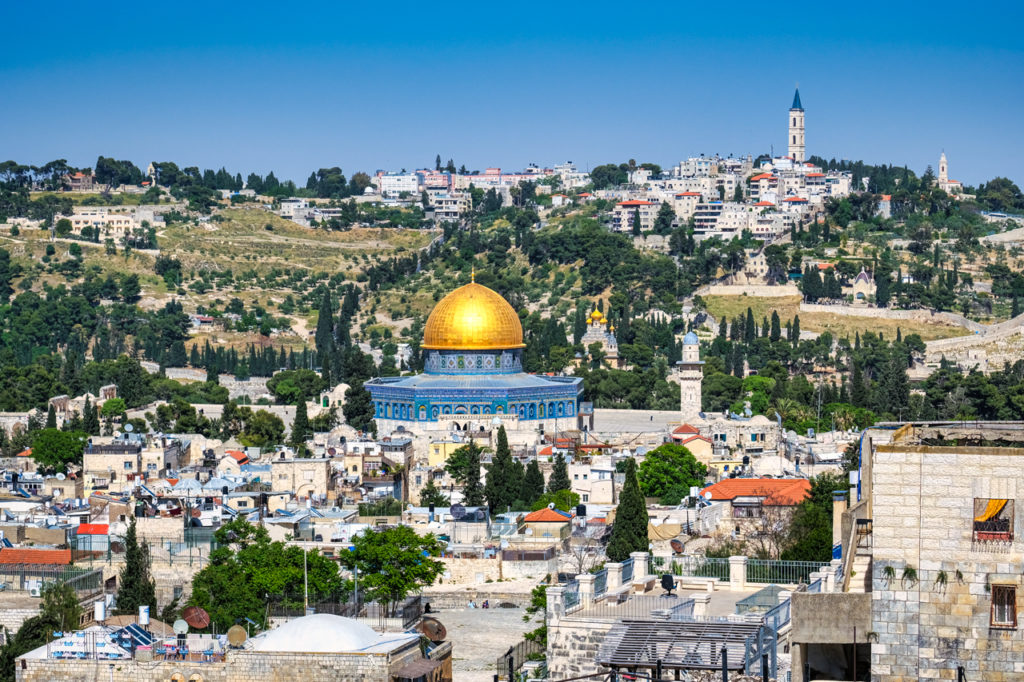Our guide on how to visit Jerusalem’s Old City covers everything you need to explore the spiritual epicentre of three faiths
Jerusalem’s Old City is one of the world’s most divisive destinations, repeatedly besieged, razed and rebuilt over thousands of years and central to three major religions. Sacred to Jews, Christians and Muslims, and claimed as the capital of both Israel and Palestine, the ancient city remains a lightning rod for contention.
Politics aside, with over 5,000 years of inhabited history the city is a storied place brimming with ancient customs, archaeological treasures and spiritual magnetism. There is arguably nowhere else on Earth where the over-used cliché ‘melting pot’ could be more appropriately applied.
I recently visited Jerusalem during a short sojourn to the Holy Land and have compiled the following guide on how to visit Jerusalem’s Old City to help you with your own trip.
A contentious destination
Jerusalem is a deeply polemic place. Under the UN 1947 Partition Plan, it was supposed to be international and not divided. But during the 1948 Arab-Israeli War, the Old City and East Jerusalem, along with the West Bank, were captured by Jordan.
For 19 years, Jerusalem – like Berlin – was a divided city until the 1967 Six-Day War when Israel captured the Old City. Since then, Israel has expanded the borders of Jerusalem, annexing parts of the West Bank and developing Israeli settlements in East Jerusalem.
The annexation and settlements are widely considered illegal, including by the UN, and seen as an obstacle to any peace process.
the big three
No trip to Jerusalem’s Old City is complete without visiting the sacred sites of the three Abrahamic religions. Dress modestly for all three sites and expect crowds.
Church of the Holy Sepulchre
The Church of the Holy Sepulchre is arguably Christianity’s most sacred pilgrimage site and is believed to be built over the location of Jesus’s crucifixion as well as where he was laid to rest and subsequently rose from the dead.
Inside its intricately decorated halls, there are several significant points of interest representing, among others, stations 10 to 14 of the Via Dolorosa (see below). These sites include the Rock of Calvary (where he was crucified); the Stone of Unction (where he was anointed); and the Tomb of the Holy Sepulchre…
Click Here to Read the Full Original Article at Atlas & Boots…
